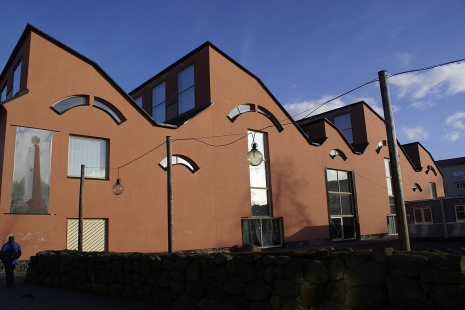What is meant by canon? From the beginning, in the Catholic liturgy, canon means an accepted list of biblical texts. In a transferred sense, such as cultural canon, canon means a selection of what are considered exemplary works. It acts as a yardstick to relate to. But canon is up for debate; why is one work included, but not the other? On what basis is the selection made and who decides?
There is a big difference between a canon in the form of a defined list created at a specific time, and a moving canon that develops over time. Although issues of selection are always linked to norms, structures and power, this fluid selection is in line with what most people agree on.
The cultural canon can be understood as something that develops slowly. Something that is renegotiated, transformed and constantly reviewed in the complex cultural system. Such a renegotiation becomes clear when one is reminded that only a few decades ago there were hardly any female artists in established art historical overviews. That it was a distorted historiography was highlighted thanks to feminist research. Today, it is difficult to imagine overview works without female artists.
The purpose of this exhibition is to show opportunities and problems, to twist and turn the concept of canon. The exhibition is not about showing off the museum’s masterpieces. On the contrary, it is about self-critically thinking about the museum’s own position of power and what it means to work with extensive collections, where you constantly have to choose what to show and what not.
Canon can be a starting point for thinking about what is visible or hidden, not for deciding what is right or wrong, good or bad. The objects in the exhibition are used to discuss different aspects and to provoke thought, often by juxtaposing each other.





